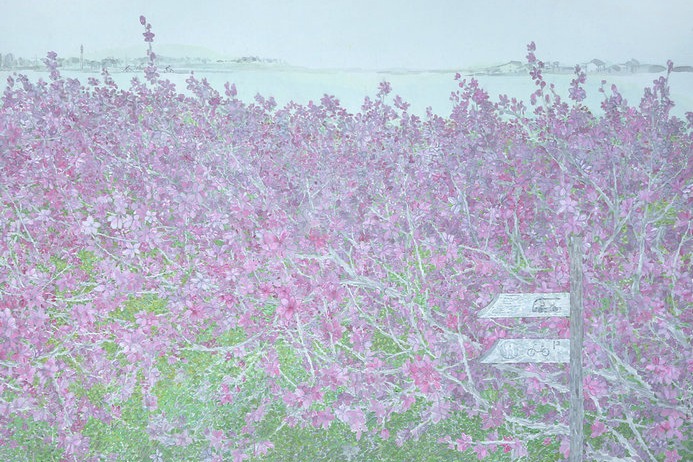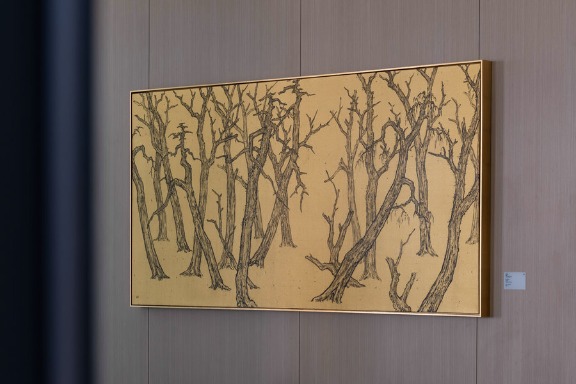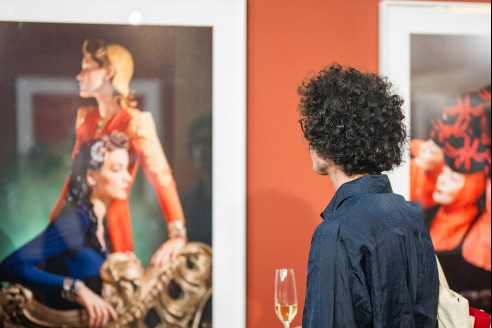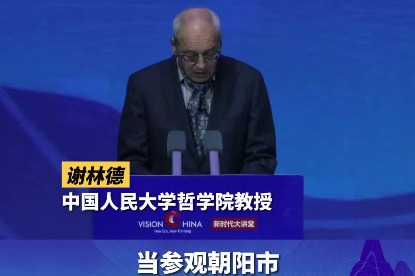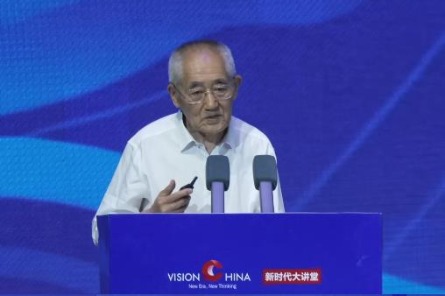Diplomats amazed by glamour of Palace Museum


A group of foreign diplomats were invited by the State Council Information Office to visit the Palace Museum in Beijing on June 21, while also seeking further cultural cooperation between their countries and this key Chinese cultural venue.
The Palace Museum, also known as the Forbidden City, was China's imperial palace from 1420 to 1911 during the Ming (1368-1644) and Qing (1644-1911) dynasties. The museum was established within this compound in 1925.
The guests -- 25 diplomats from 13 countries -- were invited to visit the conservation studios of the museum's department of conservation science, and have a closer look at the traditional Chinese craftsmanship that gives the cultural relics a second life through restoration.
They also visited the new ceramics gallery in the Hall of Martial Valor, which opened in May. The gallery puts 1,098 artifacts on display to review the history of Chinese ceramics in a panorama. The Palace Museum houses over 1,863,404 cultural relics, and 376,155 of them are ceramics, mostly from the Qing royal family's collections.
For this special visit to strengthen cultural exchanges, Wang Xudong, director of the Palace Museum, also delivered a presentation to the guests in English to trace the 600-year history and evolution of the architecture in the Forbidden City, explaining the Chinese values and philosophy reflected in this complex.
In the presentation, Wang briefed the diplomats on development in recent years in scientific research, protection and conservation of cultural relics, education programs, and digitization, among other fields of key work needed to care for this UNESCO World Heritage Site.
On this occasion, the director and diplomats also discussed some common issues faced by conservators of cultural heritage and looked for ways to better protect historical neighborhoods in urban development, based on the experience of the Palace Museum.


















